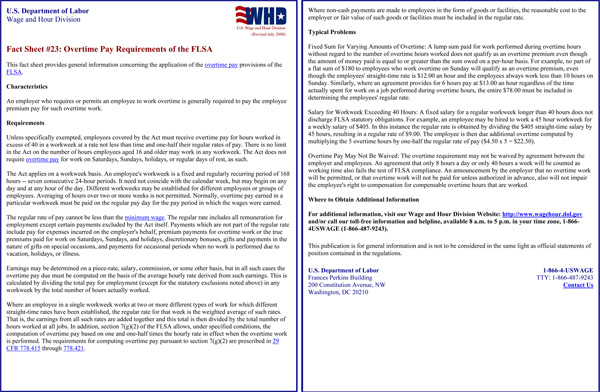News & Analysis
Pro Drag Racing’s Labor Woes
A very wise person once said, “Be careful what you wish for.” The fact that John Force Racing is getting sued by some ex-employees is proof that whoever said that knew what he was talking about.
Remember back before nitro racing went big time? Before a racing budget of a million bucks in sponsor money was for an entry-level nitro team? Before it took a $3.5 million budget to have a real chance to win an NHRA national event?
Back when racecar drivers picked up crews at the races, slept in ramp trucks and ate at the White Castle, McDonalds or Sambos if they had a really big payday. Crewmen, if they got paid at all, worked for slave wages and the crew chief/tuner and driver probably had a day job to pay the bills.
Now that has all changed. These days nitro racing is big business first and racing second. Race teams have to have a Human Resource Department and a payroll/finance division, and everyone is an employee of the incorporated race team with medical benefits, retirement, and a weekly paycheck. The team’s CFO has to deal with taxes that must be paid to the state and Federal governments.
The simple drag racing hobby many team owners/racers knew just a couple of decades ago has morphed into a real job. And like any large company, the team’s personnel are split into management and labor with executives making big salaries and workers significantly less. This inevitably leads to some hard feelings, especially when budget cuts force a company to layoff excess personnel. People losing their jobs in a downsizing industry, even drag racing where the groups often call themselves family, who can’t get work often may start looking for ways to get some additional income from their former employers.
John Force Racing (and from what I’m told, about a half dozen other professional drag racing teams with full-time and former full-time employees) are being scrutinized by the California Workman’s Comp lawyers based upon the belief that the men and women who crew the cars evidently are hired as hourly employees and do overtime when they work more than 8 hours a day or 40 hours a week. The problem is that professional drag racing takes as much time as it takes to prepare, race and recover a race car. It is not impossible to imagine that the crew of an NHRA nitro team could work forty hours in just one weekend! There is no flat-rate manual that says how long it should take to do a certain task. Crewmen work until the job is done, whether it takes one hour, forty hours, or two weeks.
Evidently that work ethic was fine for the last generation of racers and crew. They were doing it for the love of the sport, or the glory, or the sense of accomplishment, and getting paid was a perk. In today’s corporate racing world, many crewmembers do the job because it is their chosen profession first and for the glory second.
The fact is that working on a professional race time is much more like being in the military than working at a civilian job. There are leaders and soldiers and the soldiers are expected to take orders and carry them out regardless of the time it takes.
Apparently most of the larger teams, including JFR, hire and pay their help based upon a forty hour work week and bonuses. Some men who worked for JFR and no longer do now have decided that they are due overtime pay and bonus pay they never received and are going to court to get it.
Regardless of how the JFR lawsuit plays out, it could wring the last vestiges of drag racing as a hobby out of the sport. And then, like the WWE, drag racing becomes more and more Sports Entertainment. A lawsuit in public court could also tarnish drag racing’s public image and do irreparable harm to  John Force’s carefully cultivated and richly deserved image as one of the good guys.
John Force’s carefully cultivated and richly deserved image as one of the good guys.
I’ve never worked for John Force, but I know plenty of people who have, and I can tell you that, almost to a man, they speak very highly of him. It appears to me that John Force and drag racing itself have once more come to the proverbial fork in the road of life. Let’s hope that John and drag racing pick the right road.
UPDATE: So we can all know what the rules are supposed to be, here is a copy of the relevant guidelines from the U.S. Department of Labor. ![]()
 By Jeff Burk
By Jeff Burk

